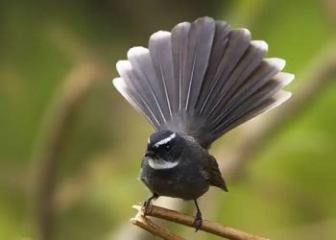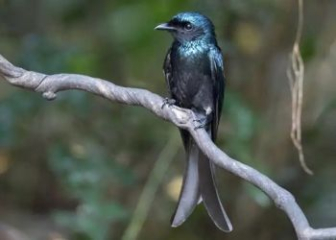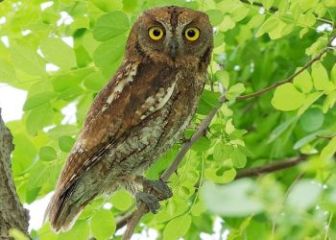Hornbill - A bird listed in the Vietnam Red Book
Blog | by
The Hornbill (Buceros bicornis) - a rare forest bird with a distinctive yellow hornbill, nests in tree cavities and has a unique nest-sealing habit.
If you are a lover of wild birds, you are probably familiar with the Hornbill - an extremely rare and strictly protected bird. This bird attracts not only by its majestic appearance and unique horned cap, but also by many interesting biological habits.
In today's article, let's take a deep dive into the origin, morphological characteristics and conservation status of the Hong Hoang nicebirds to better understand this bird species known as the "earth phoenix"!
Origin & Meaning of the Hornbill
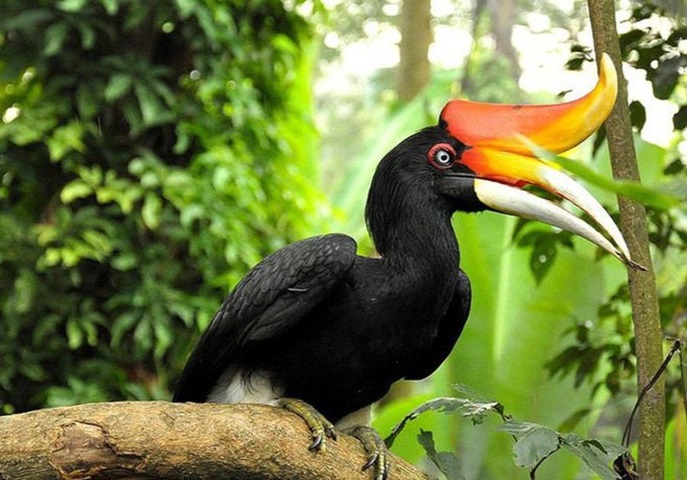
The Hornbill is a rare bird.
The Hornbill, also known as the Ground Phoenix, with the scientific name Buceros bicornis, is a native bird of South Asia and Southeast Asia. They originate from old-growth tropical forests with high cover and many large trees, typically in the following areas:
- India, Bhutan, Nepal
- Myanmar, Thailand, Laos, Cambodia, Malaysia, Indonesia
- Vietnam : Once appeared in some provinces such as Gia Lai, Kon Tum, Lao Cai but very rare.
The name “Buceros” in Greek means “beak of a bull” - referring to the bird's large and distinctive beak.
In some Southeast Asian cultures, the Great Hornbill is a symbol of strength and nobility. In addition, this bird also plays an important role in the rainforest ecosystem thanks to its ability to disperse the seeds of some of the trees on which it feeds.
Previously, the Great Hornbill was distributed in large forests in the Central Highlands and North Central provinces, but now this bird species is no longer recorded in the wild due to deforestation, illegal hunting,...
Characteristics of the Hornbill bird

The Hornbill has a colorful hornbill.
The Hornbill (Ground Phoenix) is known as one of the most prominent birds in the Hornbill family - Bucerotidae thanks to its special hornbill. Let's learn more about their appearance below.
Size :
- Length: 95 - 120 cm - Largest in the Hornbill family
- Wingspan: 152 - 70 cm
- Weight: 2.15 - 4 kg, male birds are usually larger than female birds
Beak & Horn Cap :
- Large, long, curved beak, ivory-orange or bright yellow
- Hollow beak, light but very sturdy
- On the beak there is a horned cap - casque - the identifying feature of the Hornbill.
- The horn hat is large, hollow inside, bright yellow, cream yellow, with a black patch in the middle.
Head - neck - eyes :
- Big head, short neck
- Eyes are round and large, females have light blue or grayish white eyes, males have dark brown or reddish brown eyes.
- Around the throat and around the eyes there is a blue-violet area of bare skin.
- Female birds have white eyelids, male birds have black eyelids.
Coat color :
- The main color of the fur is jet black.
- The neck and belly feathers are creamy white or pale yellow.
- Long white tail with distinct horizontal black stripes
- The wing feathers have a few white streaks, most clearly visible when the bird is in flight.
- Some Hornbills have a pale yellow nape because they use oil secreted from their anal glands to dye their feathers.
Feet & nails :
- Short but strong legs, gray-black in color
- Feet have 3 front toes and 1 back toe, curved, sharp nails
Behaviour & Behavior of Hornbill
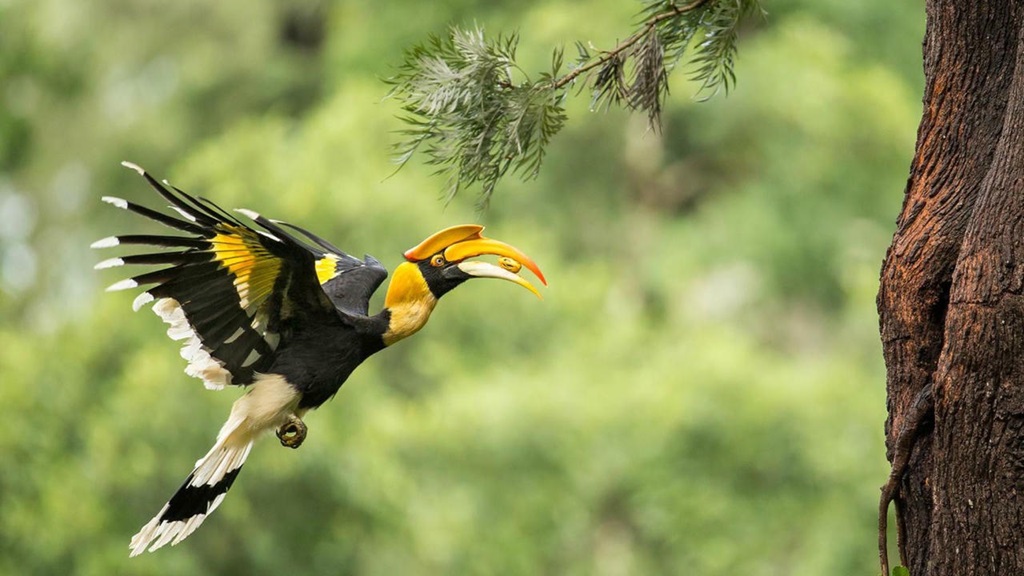
The Hornbill is eating the oil fruit.
The Hornbill is considered one of the most intelligent and interesting birds today. Let's find out more details below.
Habits
Here are some special living habits of the Hornbill:
- Hornbills are birds that live mainly in the treetops, rarely coming down to the ground except to drink water or eat fallen fruit.
- This bird species also often chooses to live alone, in pairs or in small families. Once they have chosen a mate, they are very loyal and often live together for life.
- Each bird/couple will usually choose a large territory, which can be up to several square kilometers, to live and mark their territory by flying high, tapping their beaks or calling loudly.
Mainly eat fruit
Hornbills love to eat wild fruits, especially berries and sweet fruits such as figs, walnuts, oil fruits, etc. Thanks to this habit, this bird species plays an important role in the dispersal of wild plants.
Occasionally this bird eats some small animals such as lizards, beetles, grasshoppers,...
Very smart
Hornbills are birds with very good memories, they can remember the locations of fruit trees in the forest according to the season. They also often observe and learn from their fellow birds.
Nest in tree cavity and seal the nest
The Hornbill has a very special reproductive habit, which is to nest in a tree cavity and seal the nest. Specifically as follows:
- They take advantage of natural tree cavities with heights from 10 - 30 m to make nests and use them for many years.
- When breeding, the female Hornbill will burrow into the base of a tree, then both the male and female use mud, feces or crushed food to seal the nest, leaving only a very small narrow gap.
- The female bird can stay in the nest for 2 - 3 months to incubate the eggs and raise the chicks.
- The male bird will take on the task of providing food to feed the female bird and its chicks.
- The nest is only broken when the chicks are fully feathered.
Loud, far-reaching cry
Hornbills have a very distinctive call, with a characteristic “gak-gak” or “kraaaaah” sound that can be heard up to several hundred meters away. They use this call to warn off predators, define their territory, or communicate with their mates.
In addition, this bird species also often uses its beak to tap on trees or the horns of its "mate" to flirt and signal.
Conservation status of the Great Hornbill
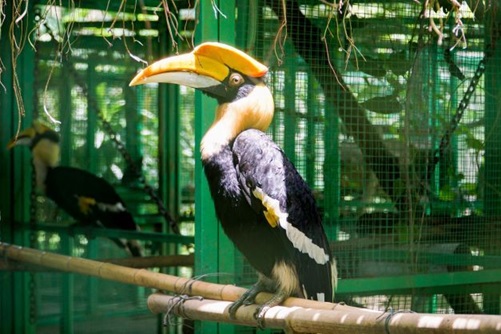
Image of a hornbill being cared for at Cat Tien National Park.
Currently, the number of Hornbills in the wild is decreasing seriously, many countries in the world have special policies to preserve them.
Conservation rating
Currently, the conservation of the Hornbill is a matter of great concern in many countries due to their seriously declining numbers.
- In 2018, the International Union for Conservation of Nature (IUCN) classified the Great Hornbill as “VU - Vulnerable”.
- According to Decree 06/2019/ND-CP of the Vietnamese Government, the Hornbill is classified in the list of "Endangered and rare species of group IB, prohibited from hunting, captivity, and trading in any form, except for research and conservation purposes.
Conservation activities
In Vietnam alone, many special-use forest reserves have been established such as Kon Ka Kinh - Gia Lai nature reserve, Cuc Phuong, Yok Don, and Cat Tien national parks to protect some individuals of the Great Hornbill bird.
There are also many large-scale conservation programs for the Great Hornbill around the world, especially in India, Thailand, and Malaysia. Even some large organizations such as BirdLife International, TRAFFIC, and WWF are involved in the conservation of this bird through monitoring and combating illegal trade.
Interesting facts about Hornbills
Below are some interesting facts about the Hornbill that no one may have told you, let's find out now.
- Hornbills are huge but very light because they are made of hollow Keratin.
- The name "Horned King" has nothing to do with the color pink, but originates from ancient culture, referring to a rare bird with a large body.
- Buceros bicornis is the largest bird in the Hornbill family in terms of body size and wingspan.
- They can only live in primary forests because they can only nest in large tree holes in old forests, so when the environment is destroyed, this bird species will tend to disappear.
- For the Dayak (Borneo) people or some indigenous peoples in Thailand and Malaysia, the Great Hornbill represents divinity, power and wisdom. In particular, its “horned hat” is considered a very sacred object.
Questions and answers about the Hornbill?
Are there hornbills in Vietnam?
Yes, this bird used to exist in the wild in Vietnam but has since become almost extinct in the wild and only a few individuals remain in conservation areas.
Are Hornbills rare?
The Great Hornbill is a very rare bird belonging to the group of "rare and endangered wildlife" that need protection.
What do hornbills eat?
This bird eats mainly fruit, occasionally eating insects, lizards,...
Where do hornbills nest?
The Red-shouldered Hornbill usually nests in existing tree cavities in old trees with a height of 10 - 30 meters.
Beautiful Hornbill bird pictures
Below are the most beautiful and authentic images of the Hornbill - a bird with a unique, rare appearance and almost never appears in the wild in Vietnam. Guaranteed their wild beauty and proud demeanor will make you admire and find it hard to take your eyes off.
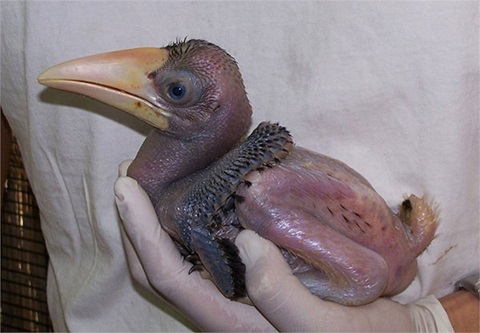
Image of a young Hornbill bird without feathers.
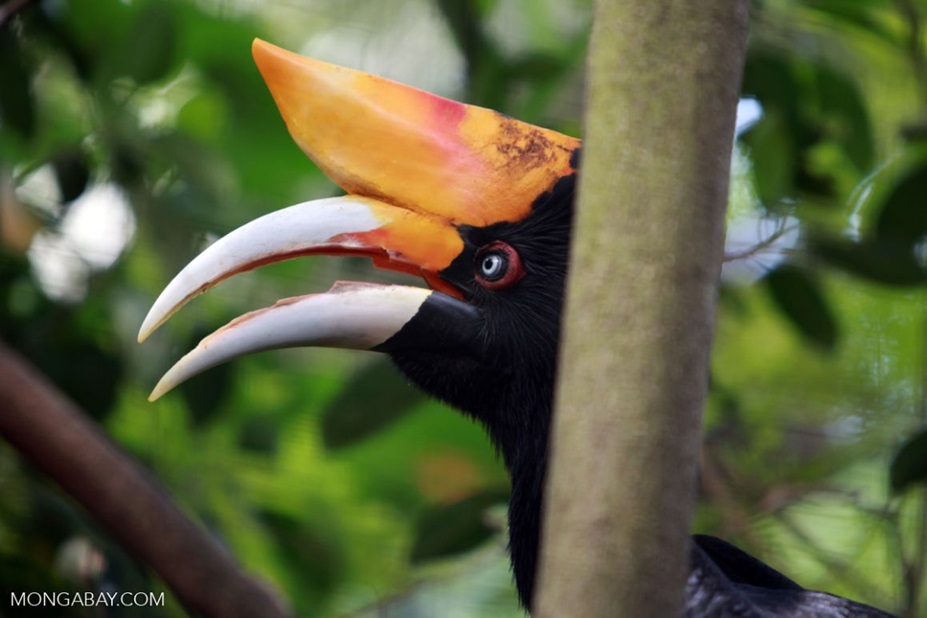
Close-up of the unique "horn" of a Great Hornbill.
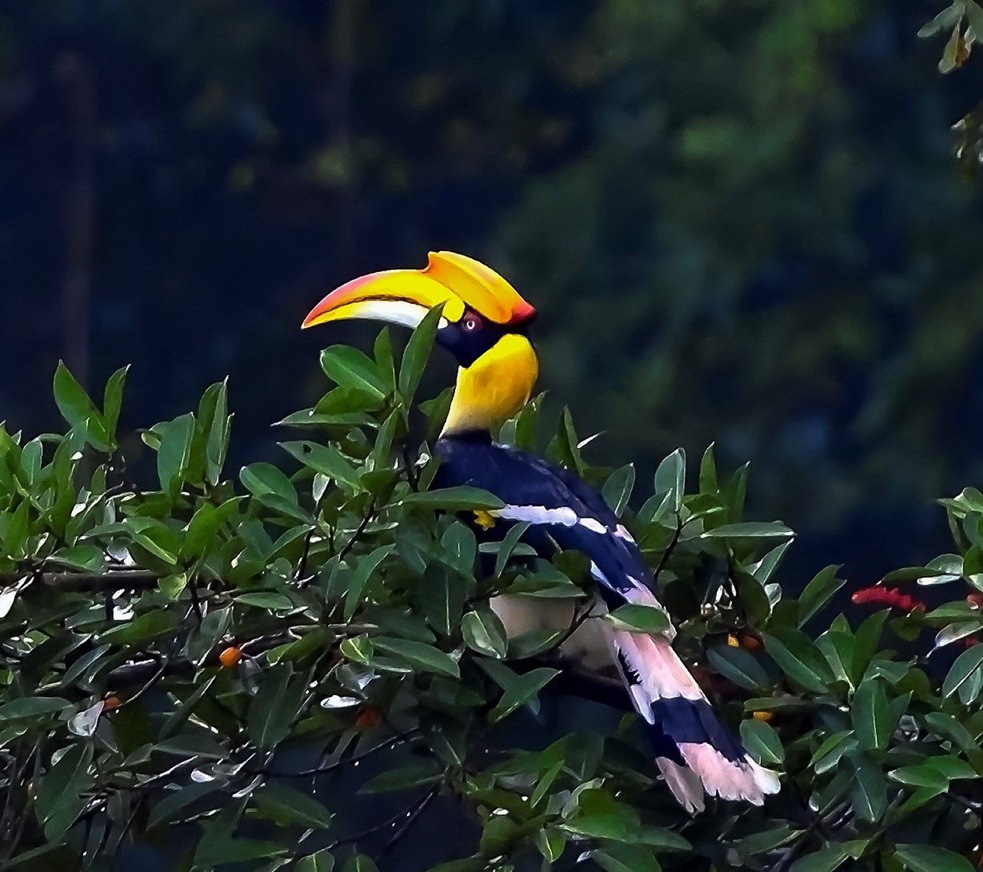
Image of a hornbill with a unique hornbill beak.
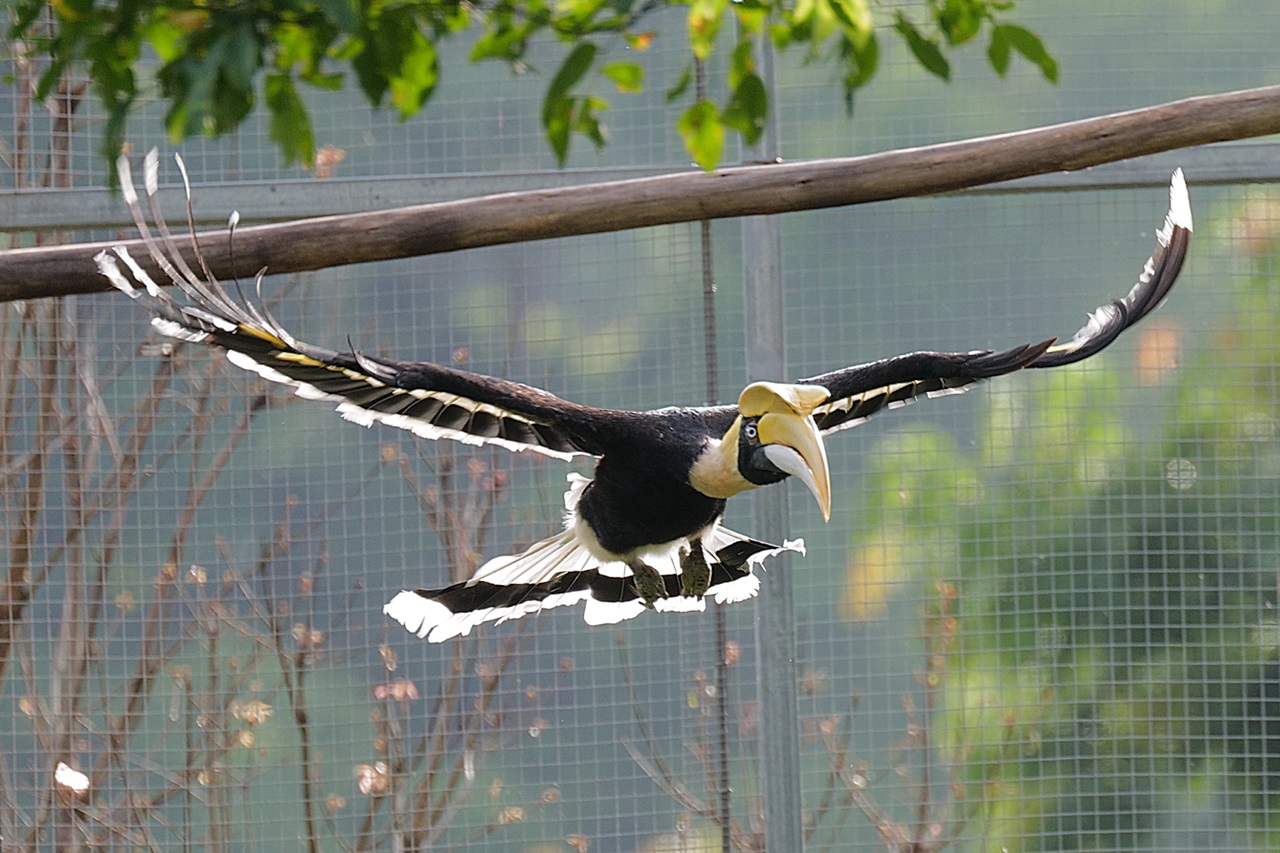
Image of a hornbill bird spreading its wings in flight.
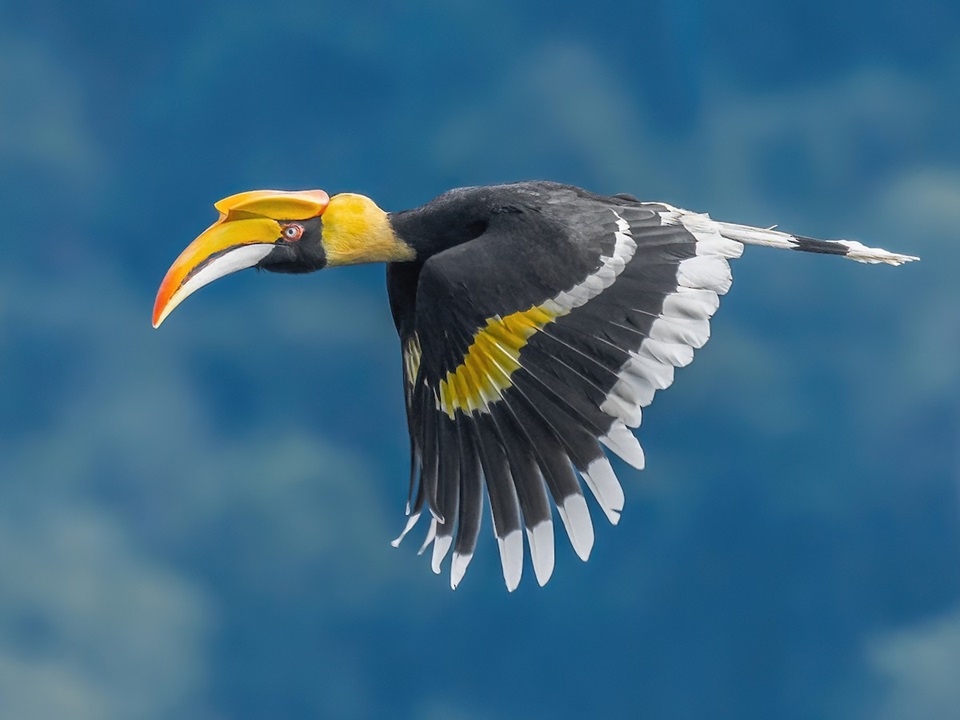
A Hornbill with uniquely colored feathers.

A Hornbill in the wild with an impressive appearance.
Through the above article, nicebirds.net has shared details about the Hornbill - an extremely rare and strictly preserved wild bird. They are not only beautiful birds but also play an important role in the spread of tropical forest ecosystems. However, the number of this bird species is decreasing due to illegal hunting, deforestation, ... let's join hands to protect the Hornbill!
Goodbye and see you soon in other articles of the Blog section to explore the rich world of ornamental birds together.
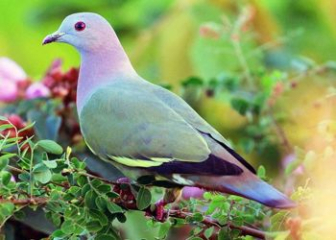
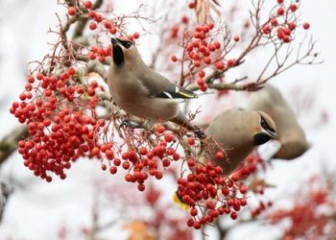
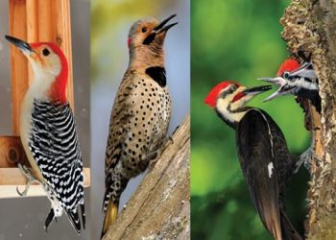

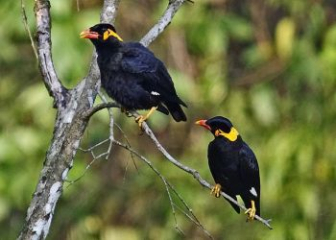
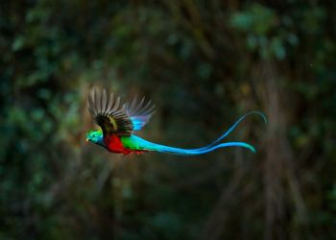

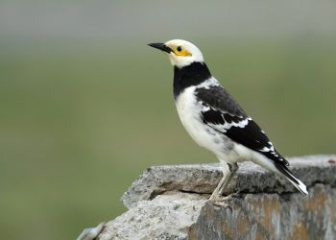
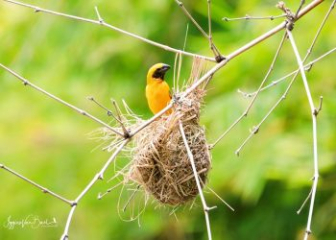
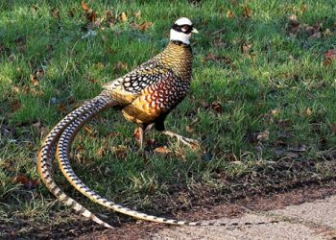
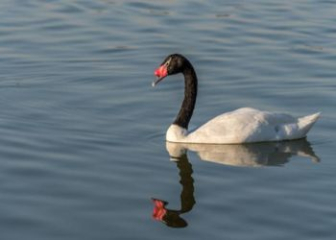
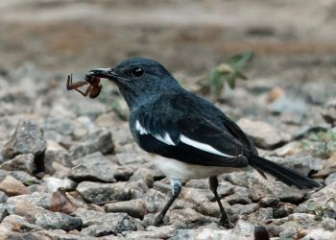
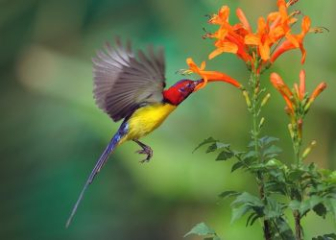
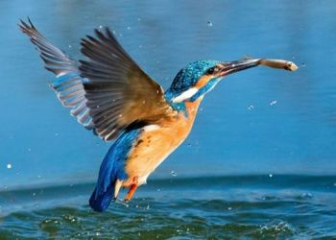
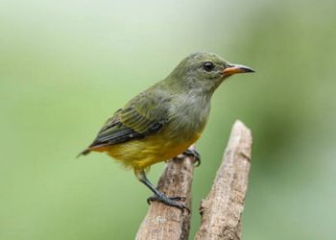
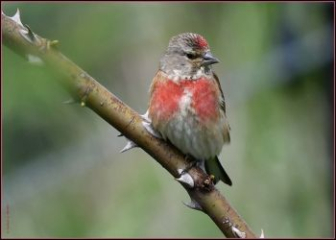
_350x250.jpg)
